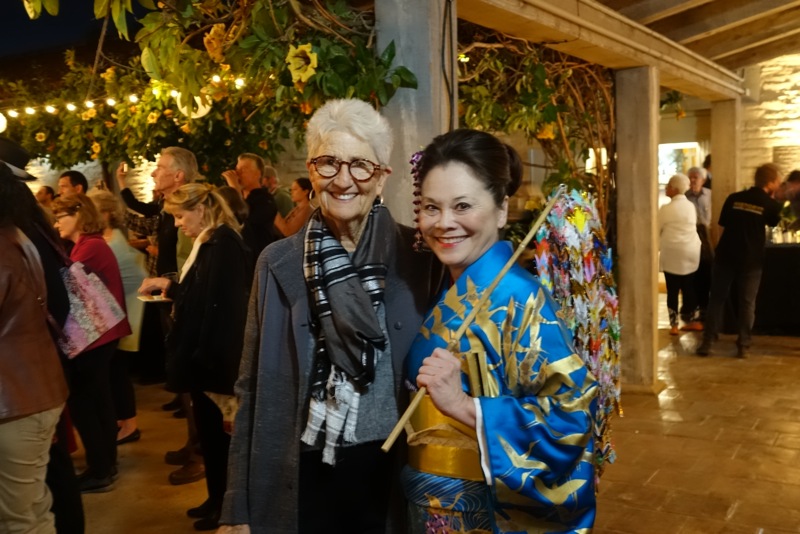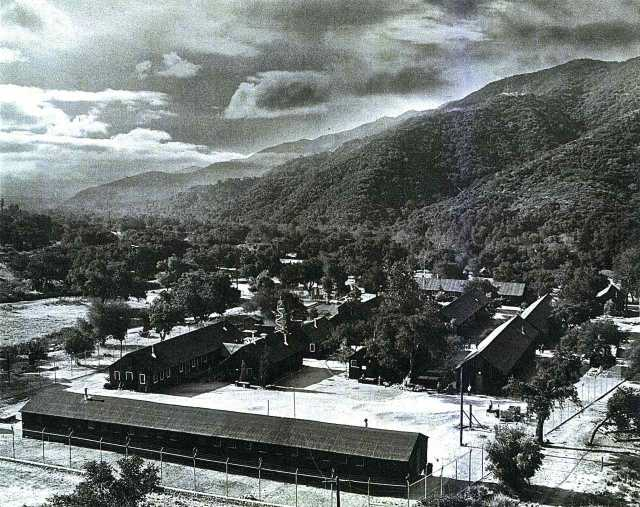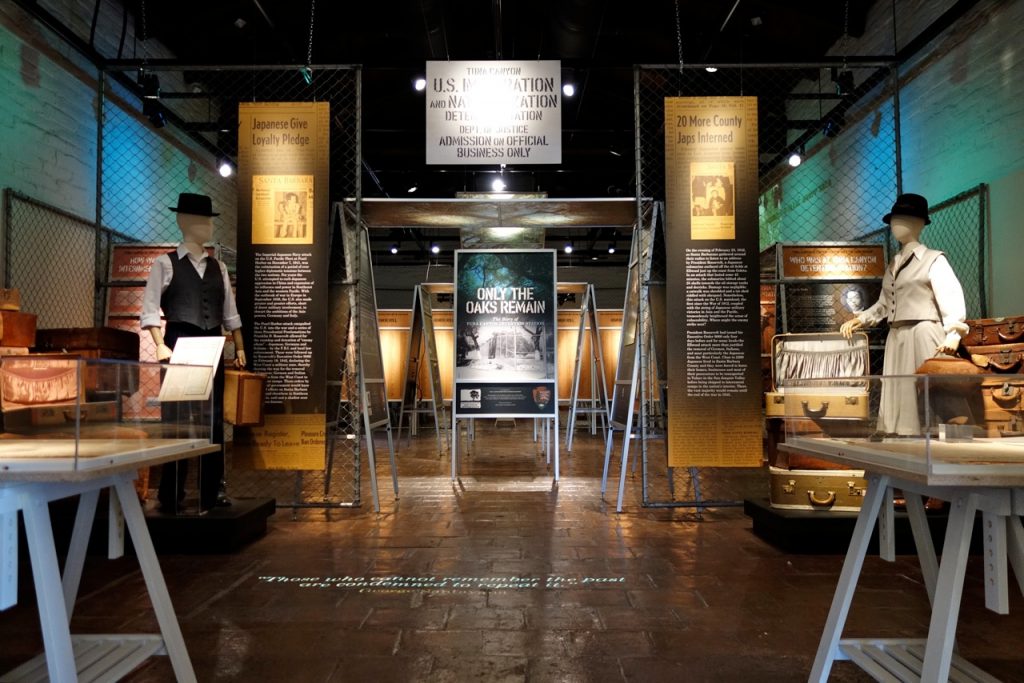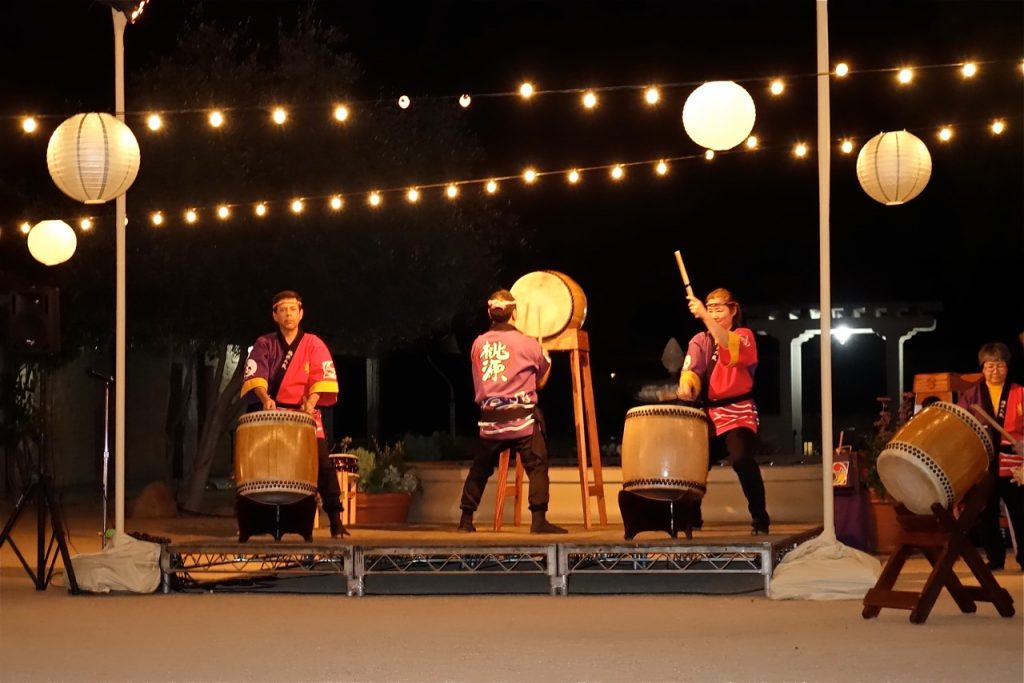Remembering Tuna Canyon Detention Station

The opening ceremonies for the Santa Barbara Historical Museum’s latest exhibit began with a moment of silence and prayer for the victims of the Thomas Fire and the tragic flood/debris flow. Although the exhibit focuses on the victims of another disaster, the wholesale internment of Japanese, German, and Italian residents of California during WWII, the opening ceremonies were a celebration of cultural riches brought to the United States by its Japanese immigrants.

More than 350 people gathered in the museum’s courtyard in February, where the full moon competed with white paper globe lanterns dangling from garlands of lights that illuminated the scene. Dressed in a traditional kimono, Nancy Teramura Hayata performed the lovely crane dance, and the Togen Daiko Drumming Group enthralled the audience with their dynamic performance.
The traveling exhibit, Only the Oaks Remain, which tells the story of the Tuna Canyon Detention Center that was established near Los Angeles 1941, joins Displaced: the Detention and Internment of Santa Barbarans During WWII. Both exhibits chronicle the experiences of people who were considered enemy aliens, regardless of their citizenship status, and deemed to be security risks to the United States. From Tuna Canyon, whole families were sent to detention camps throughout the western states.
The impact on loyal U.S. families of foreign descent was devastating. Baseball great Joe DiMaggio’s father was a fisherman who lost his boat and his livelihood because of the implementation of exclusion zones. Nikuma Tanouye, a Japanese immigrant whose children were born in the United States, had registered for the draft during WWI and was willing to fight for his adopted country. Instead, in a midnight raid by the FBI who kicked down the door of his house, he was arrested and interned in Tuna Canyon Detention Station. With air-raid sirens screaming through the night, the FBI also arrested Dr. Sigrid Toye’s father, Dr. Eugen Banzhaf, thereby leaving the family without a means of support and vulnerable to anti-German sentiment and harassment.


Today a resident of Santa Barbara, Dr. Toye has produced a film recounting her family’s story, which is part of the exhibition, as are Santa Barbara newspaper accounts of the Japanese attack on Ellwood and articles about the expulsion of local Japanese families. More than 2000 Japanese, Italian, and German detainees were incarcerated at Tuna Canyon, and their names have been gathered onto an honor roll. Several who attended the opening on Thursday night found the names of fathers, mothers, or grandparents listed on that roll. It was a sobering and moving moment.
On Wednesday, March 28, at 11 am, historian Dr. Jean-Paul deGuzman will share historical images and oral histories of the Tuna Canyon Detention Center. Admission to “The Untold Story of Incarceration and Hysteria in Los Angeles’s Backyard” is free for members and guests, but seating is limited and RSVP is required.
The Santa Barbara Historical Museum collaborated with the Tuna Canyon Detention Station Coalition and was assisted by the Japanese American National Museum in bringing these stories to Santa Barbara. Sponsors for the exhibition include Dr. Sigrid Toye, Eleanor Van Cott, Oswald J. DaRos, William Burtness, Schafer Family Foundation, and MarBorg Industries.







